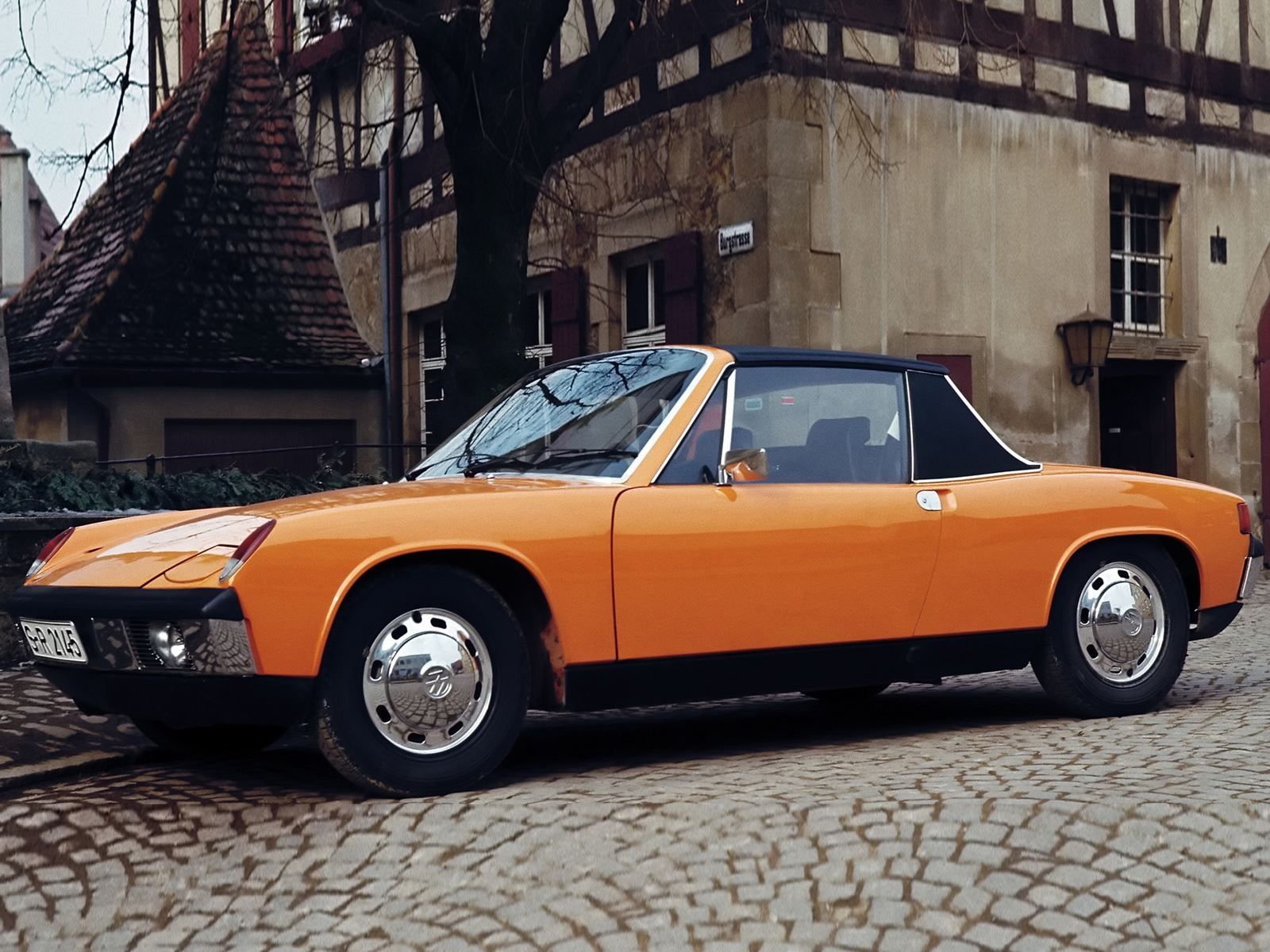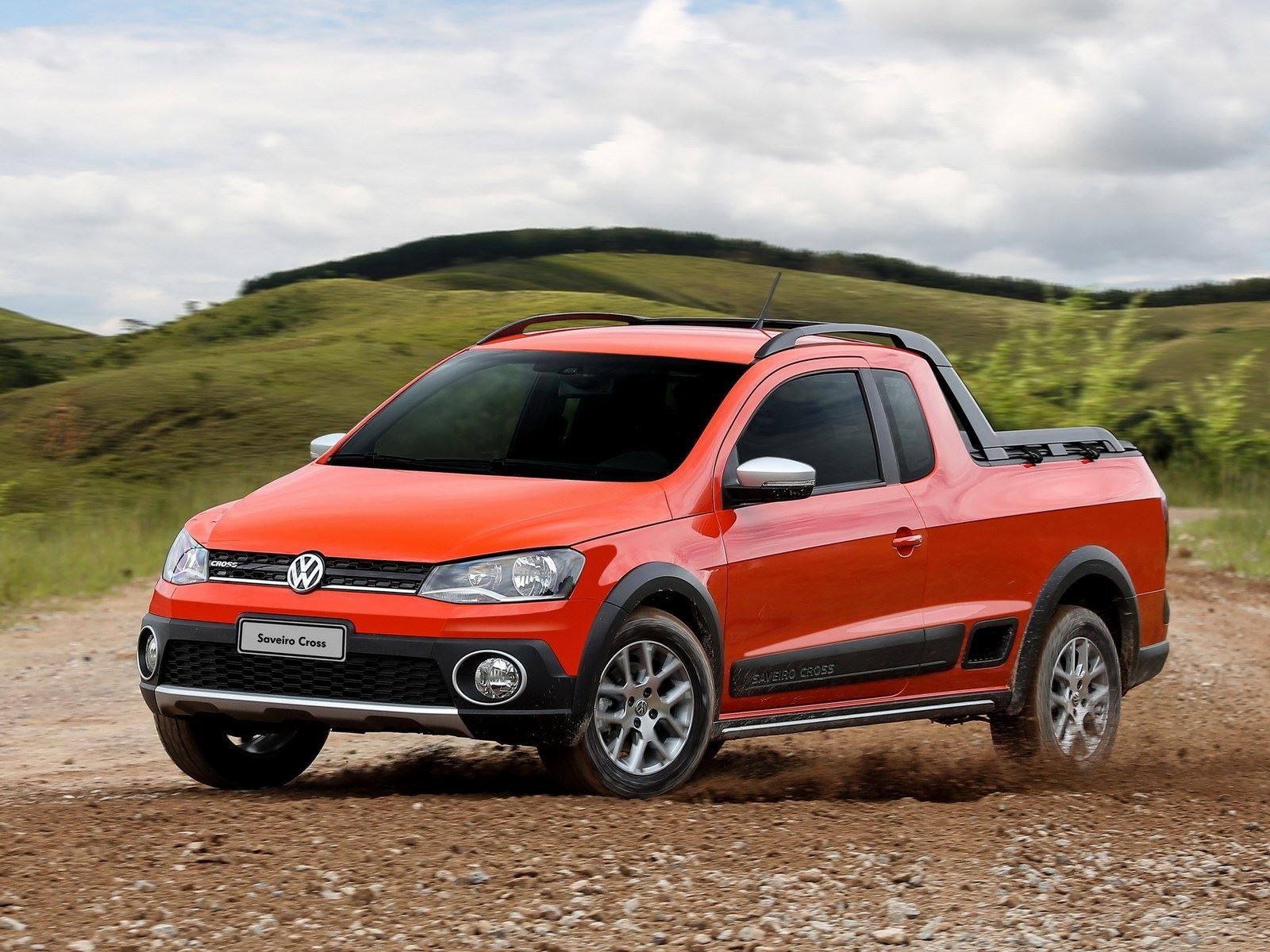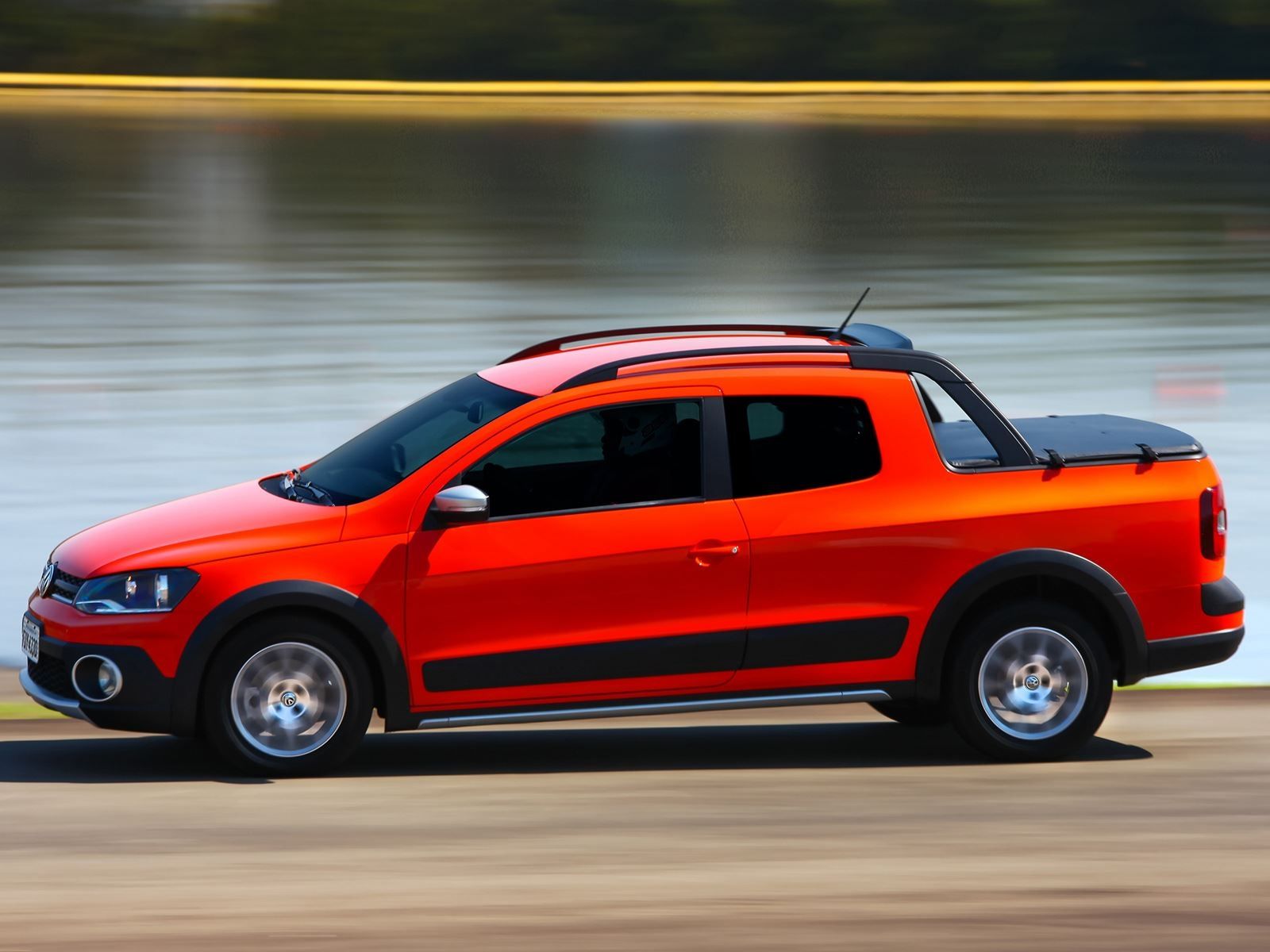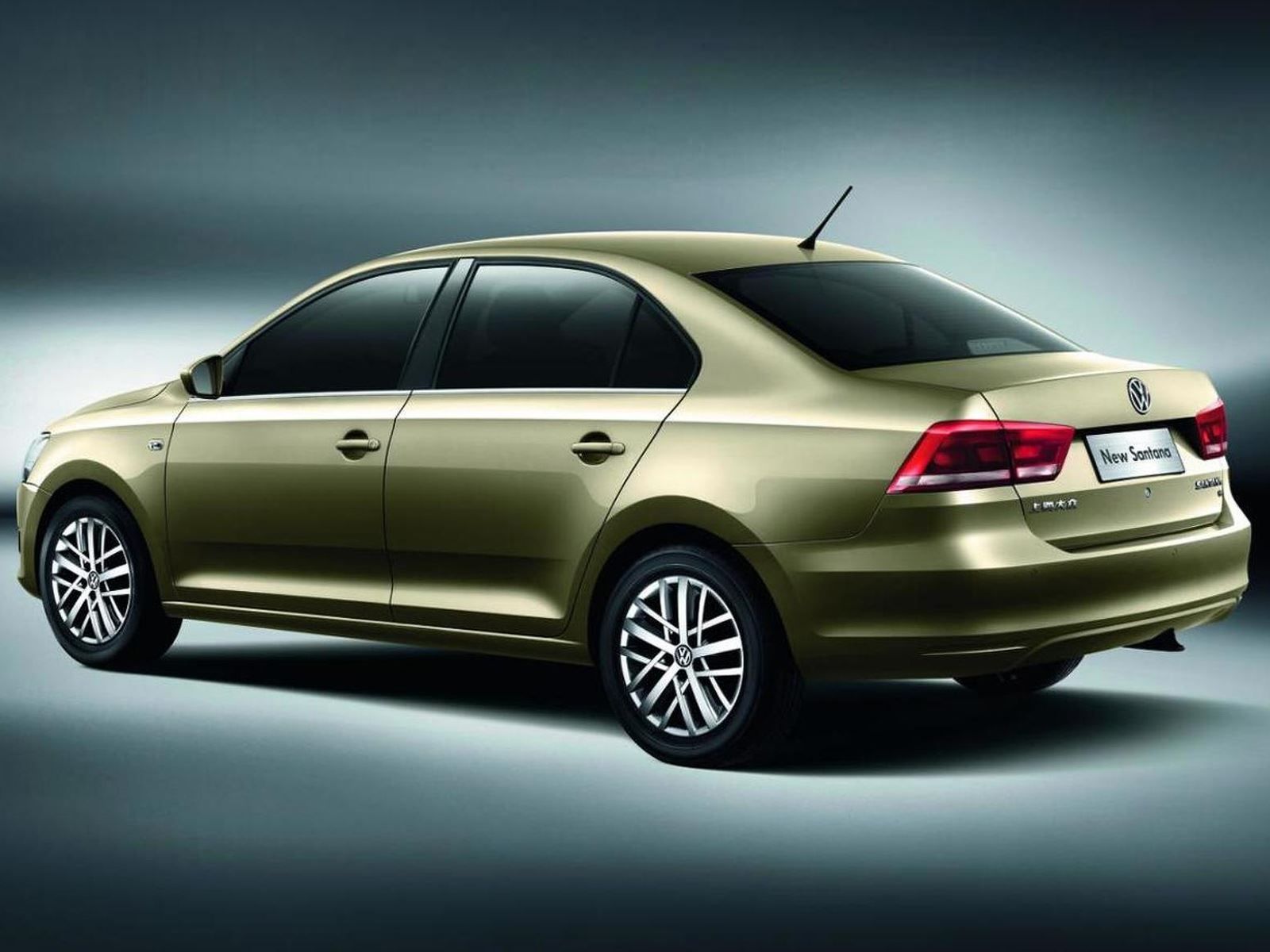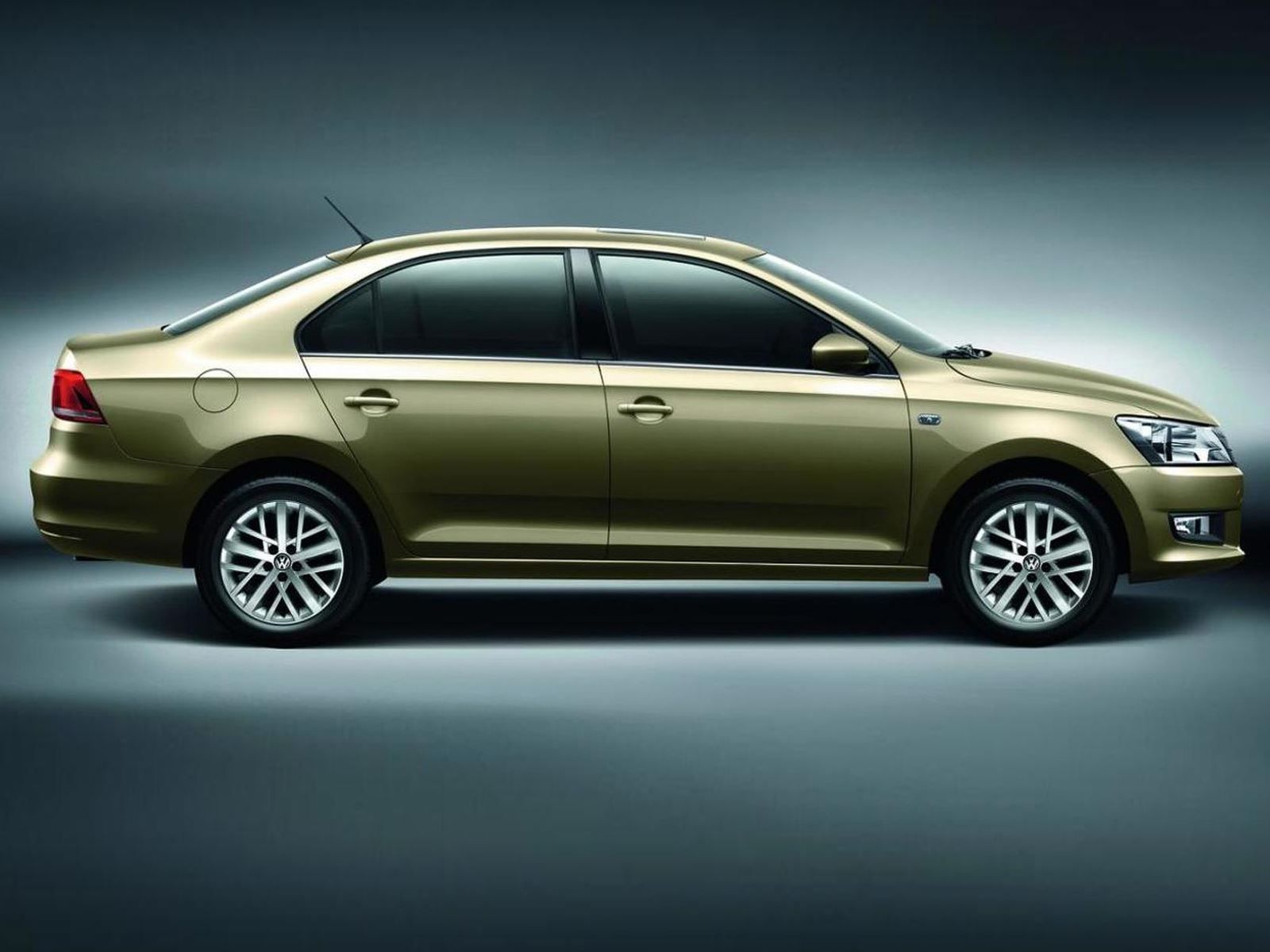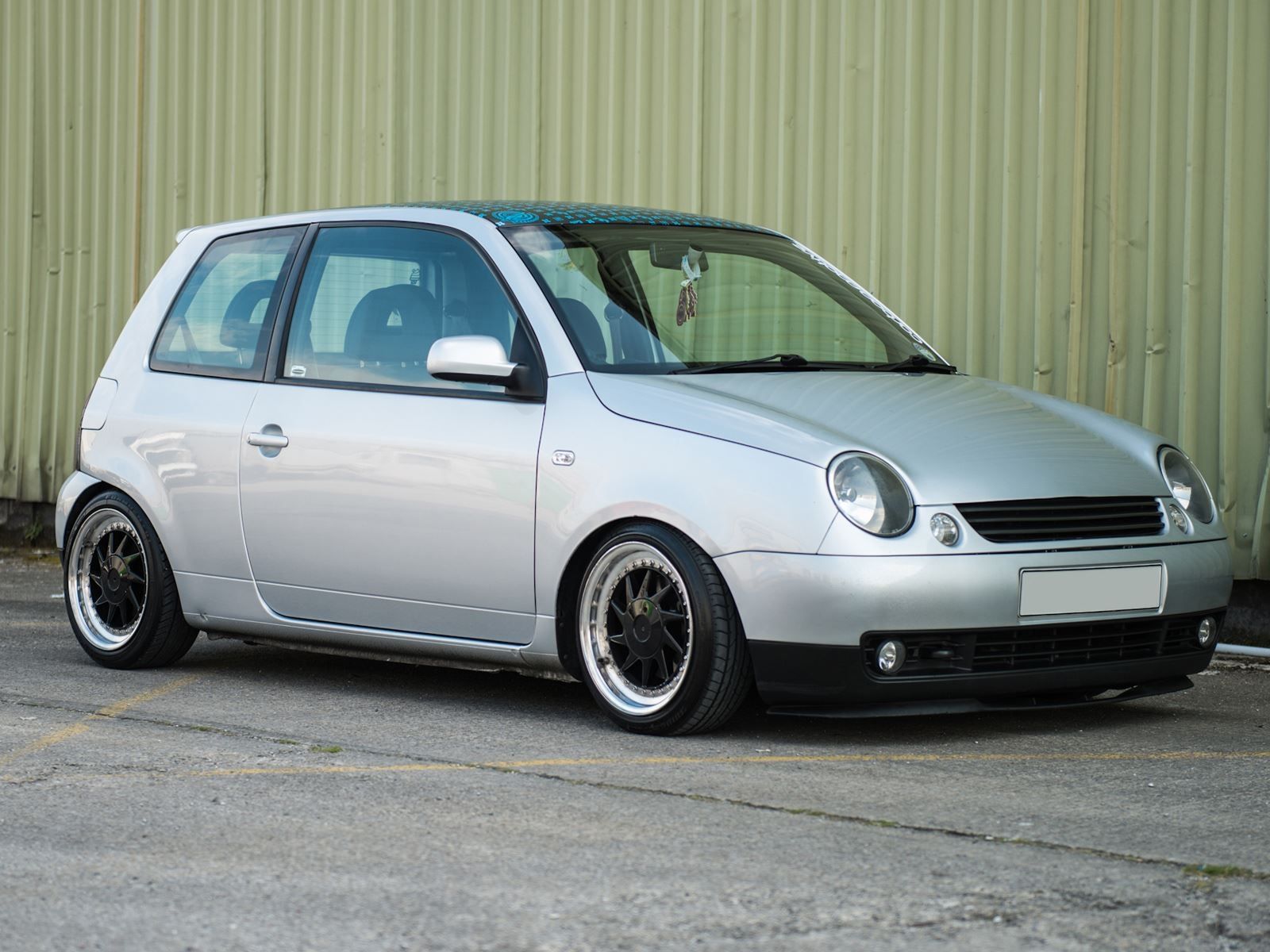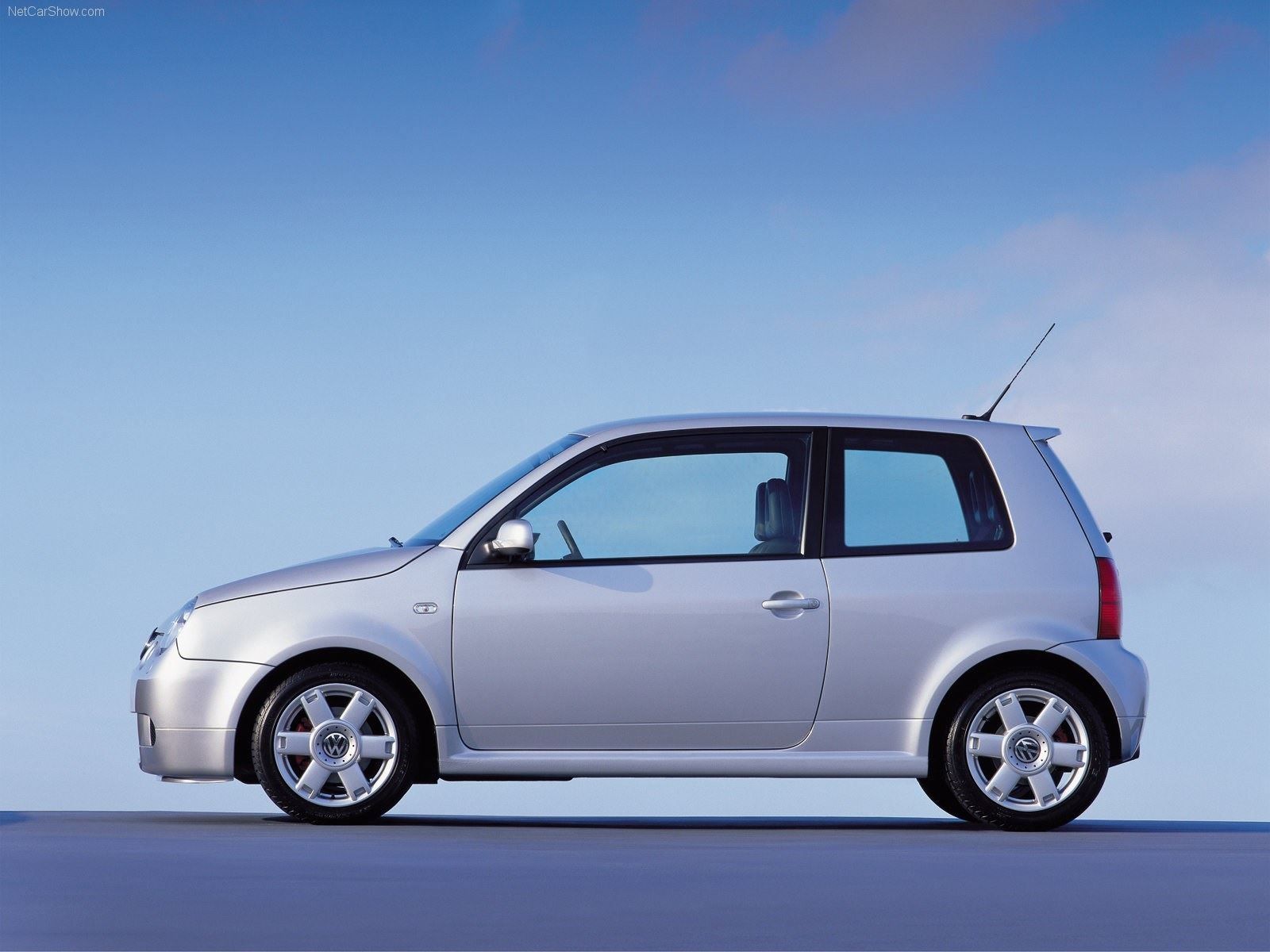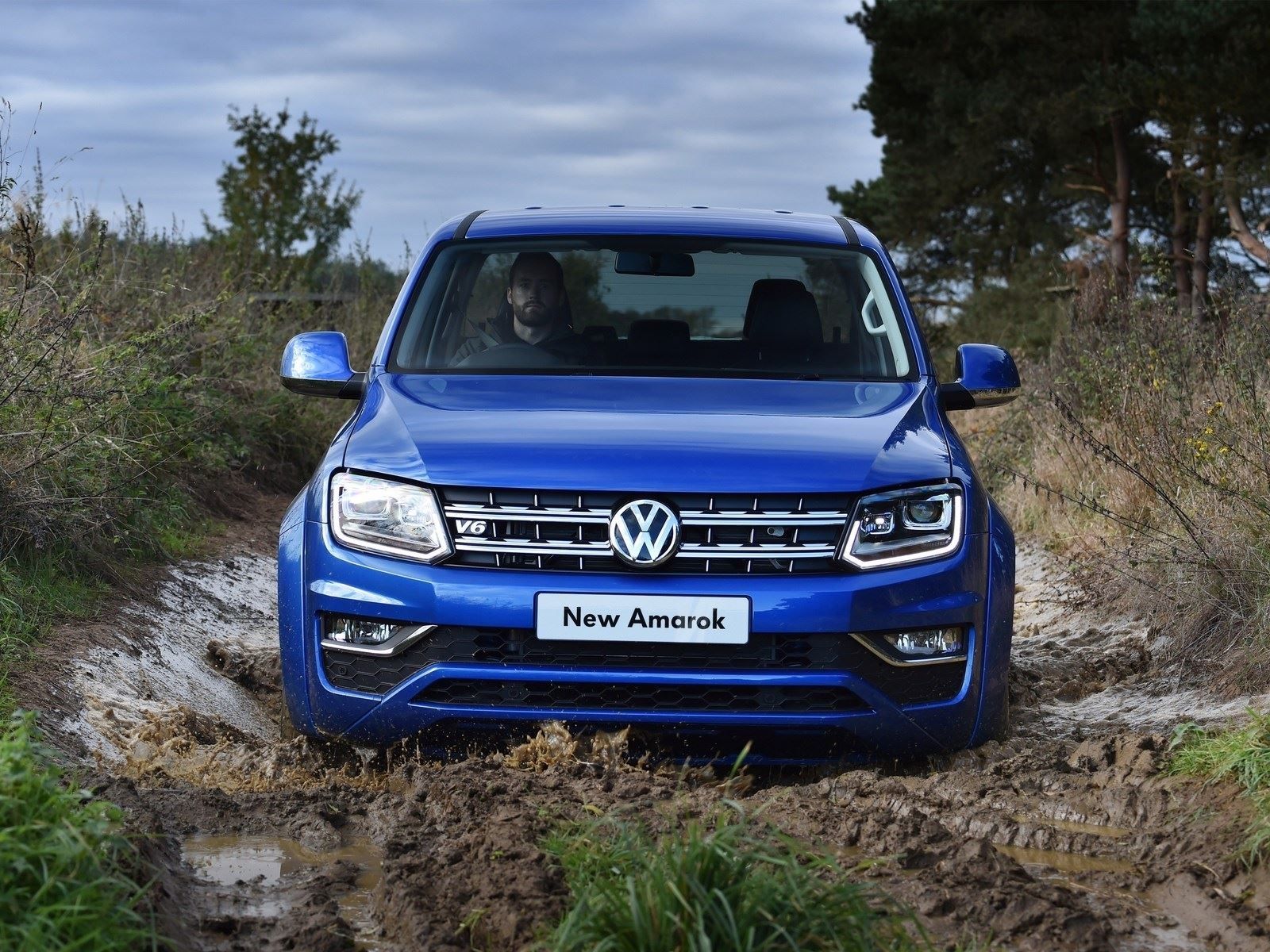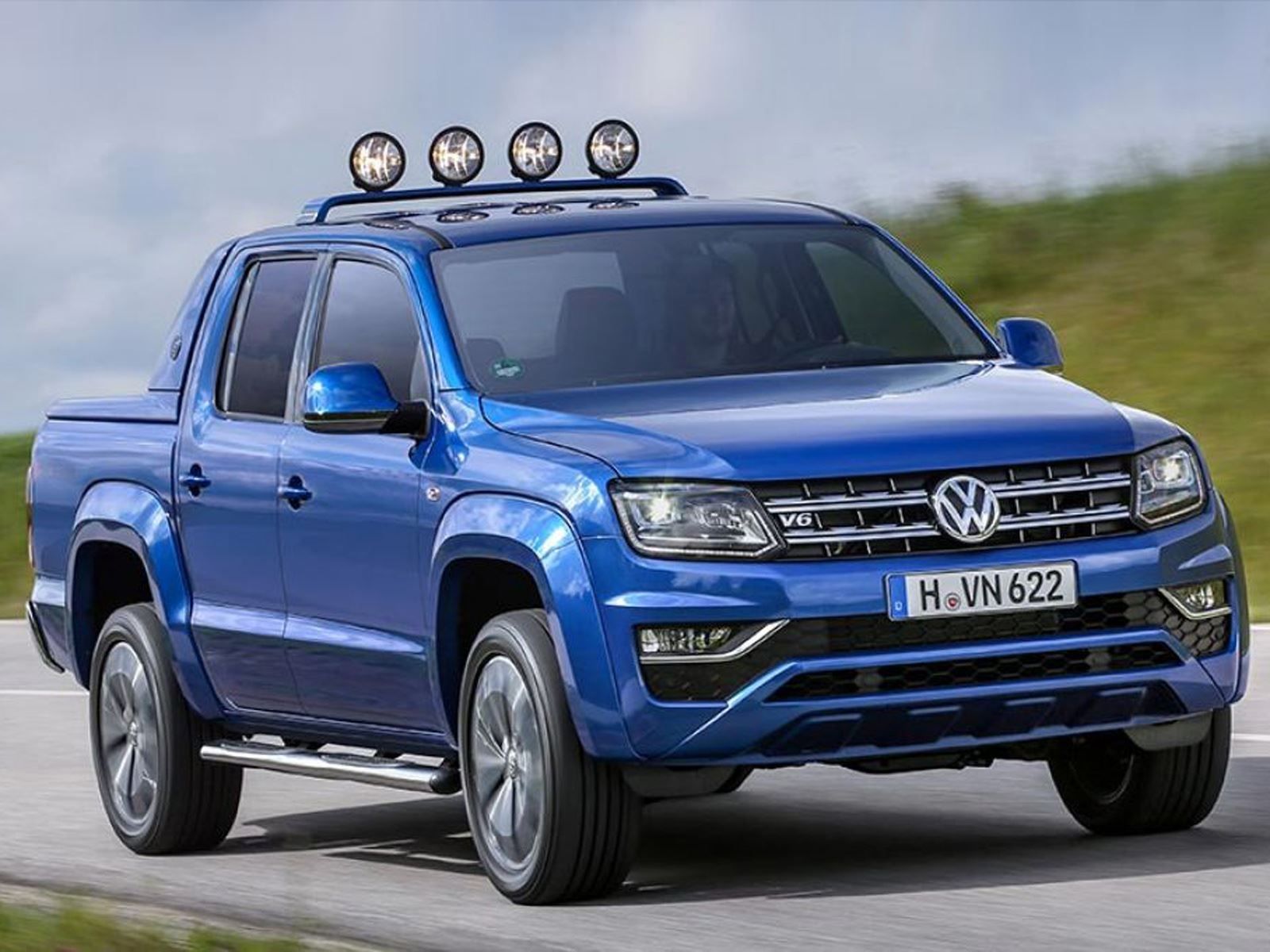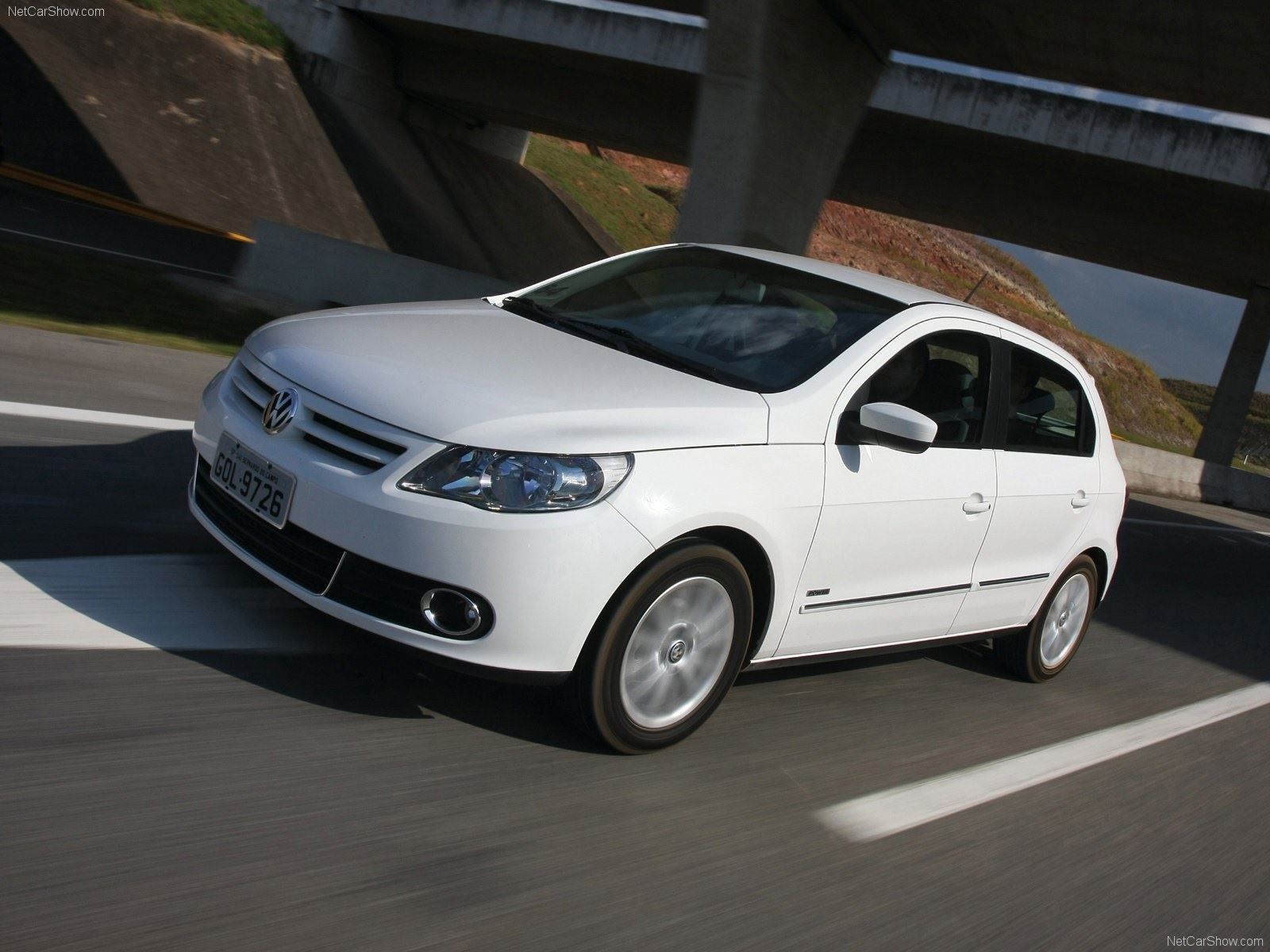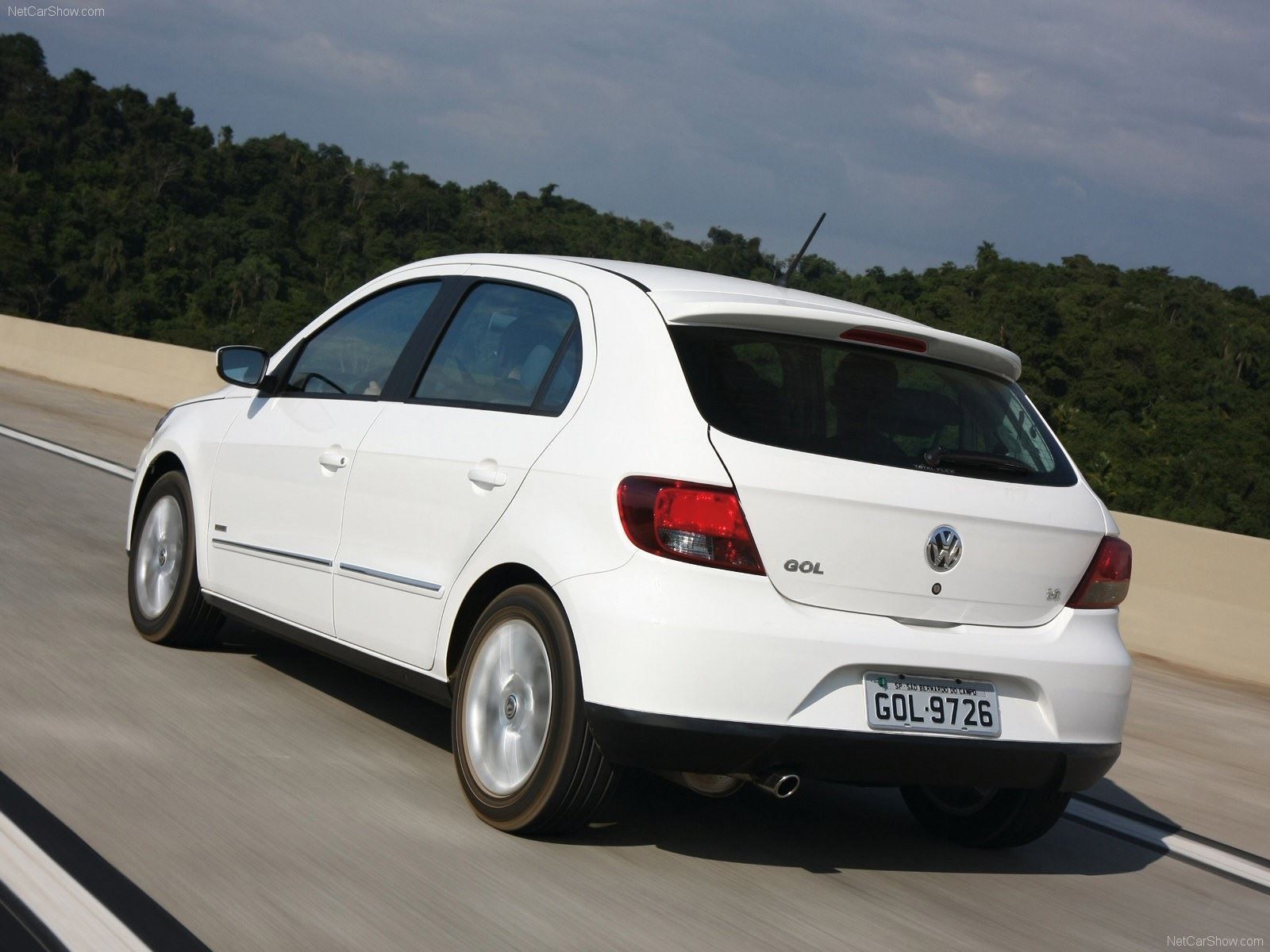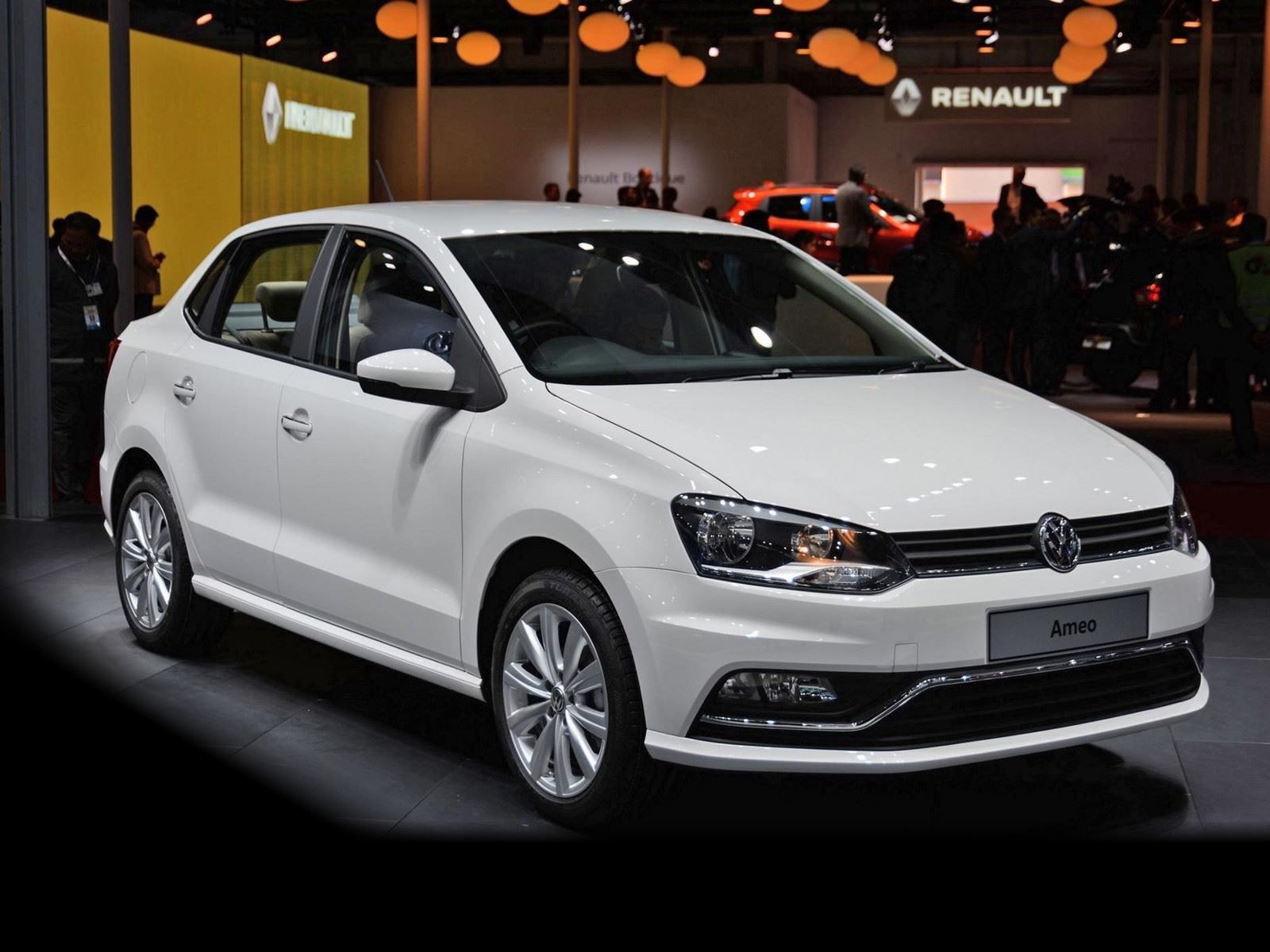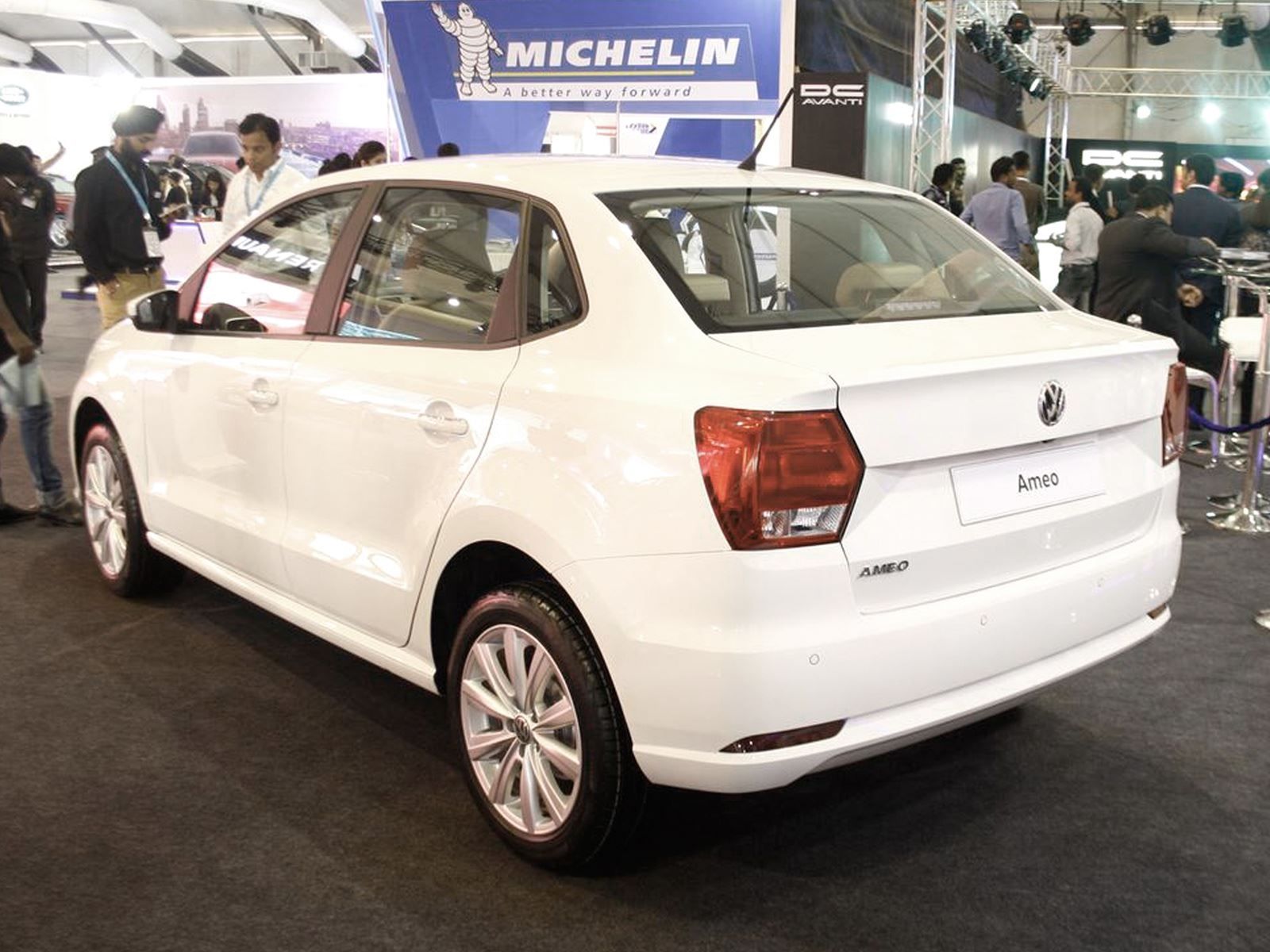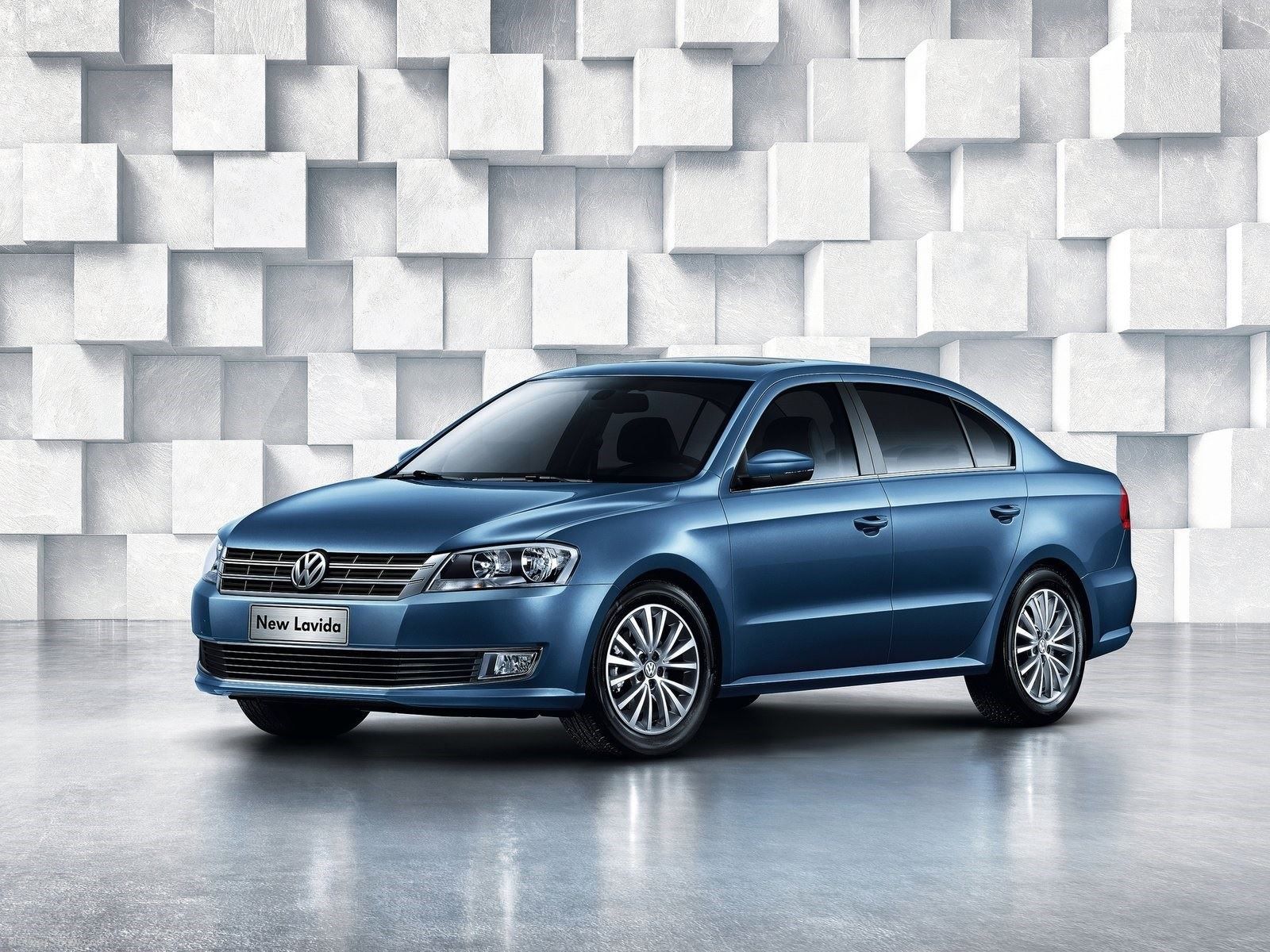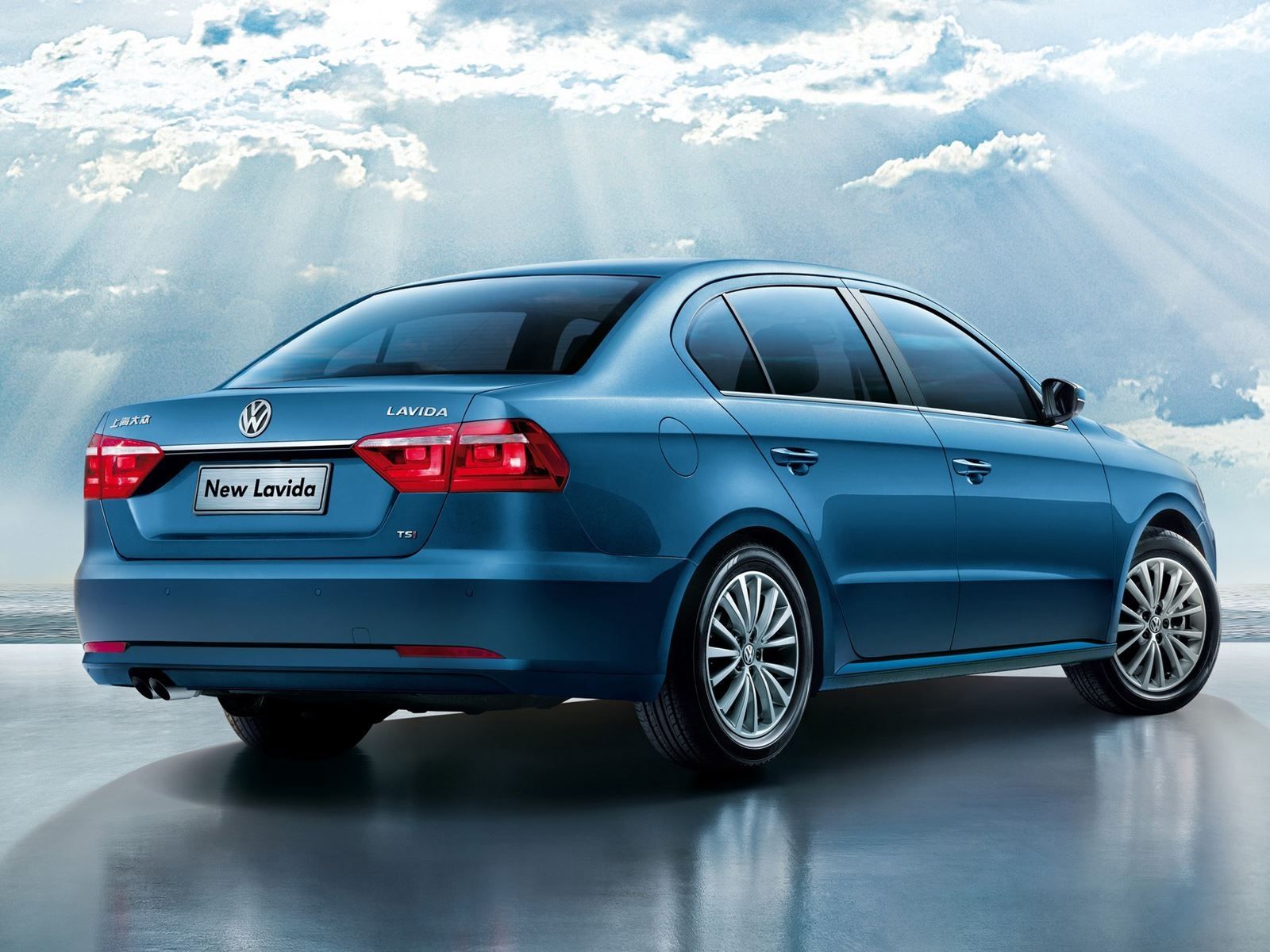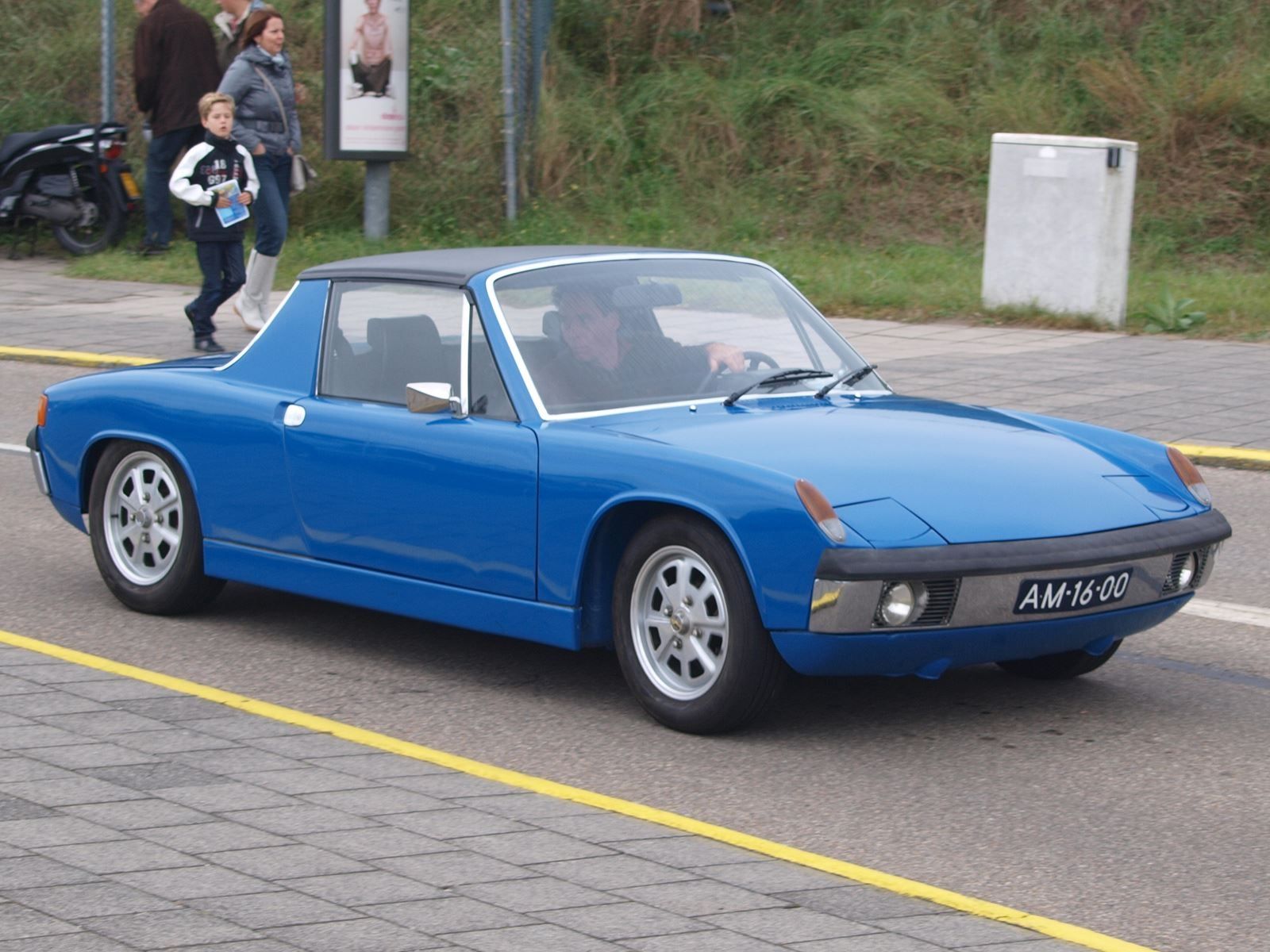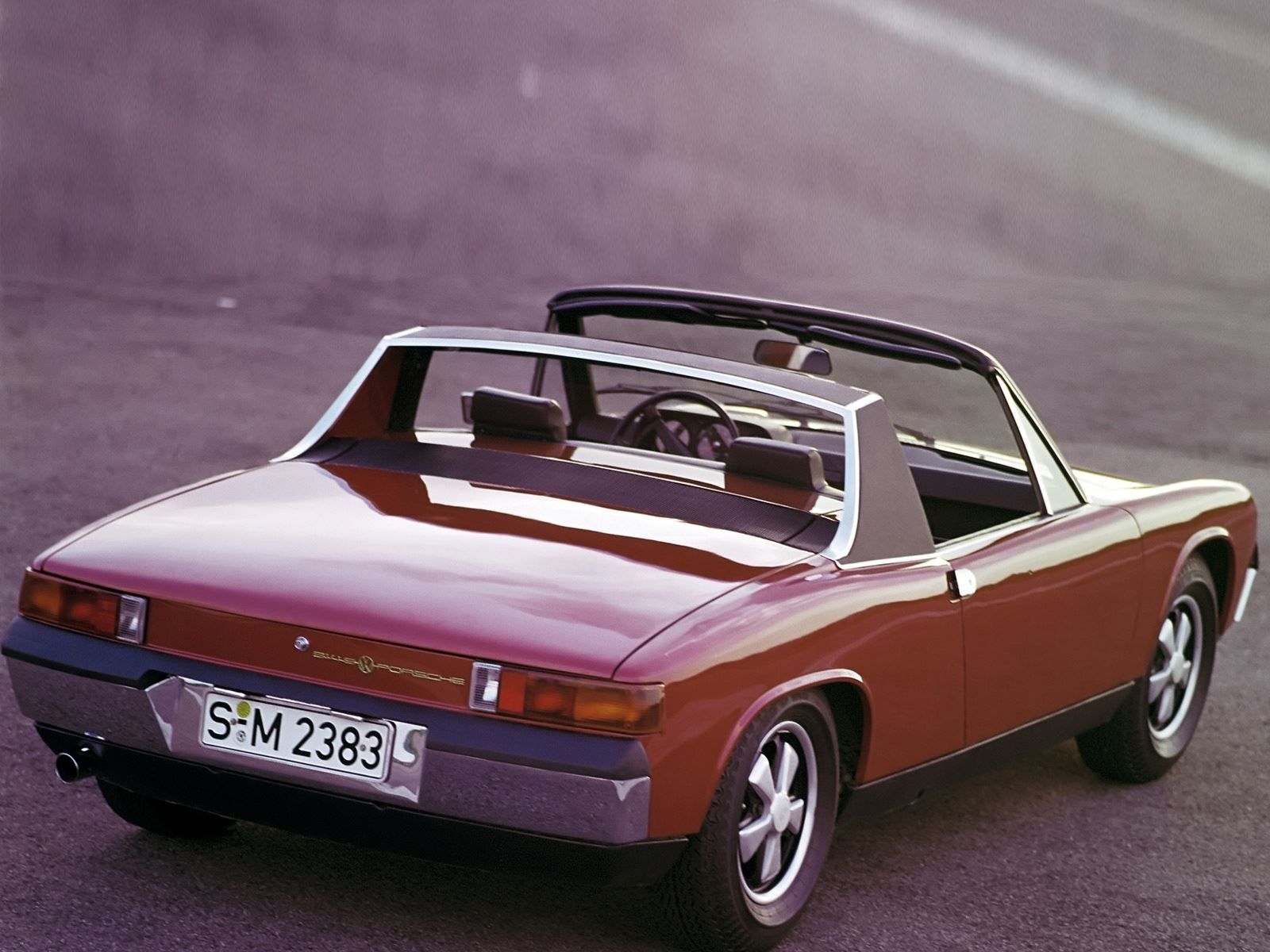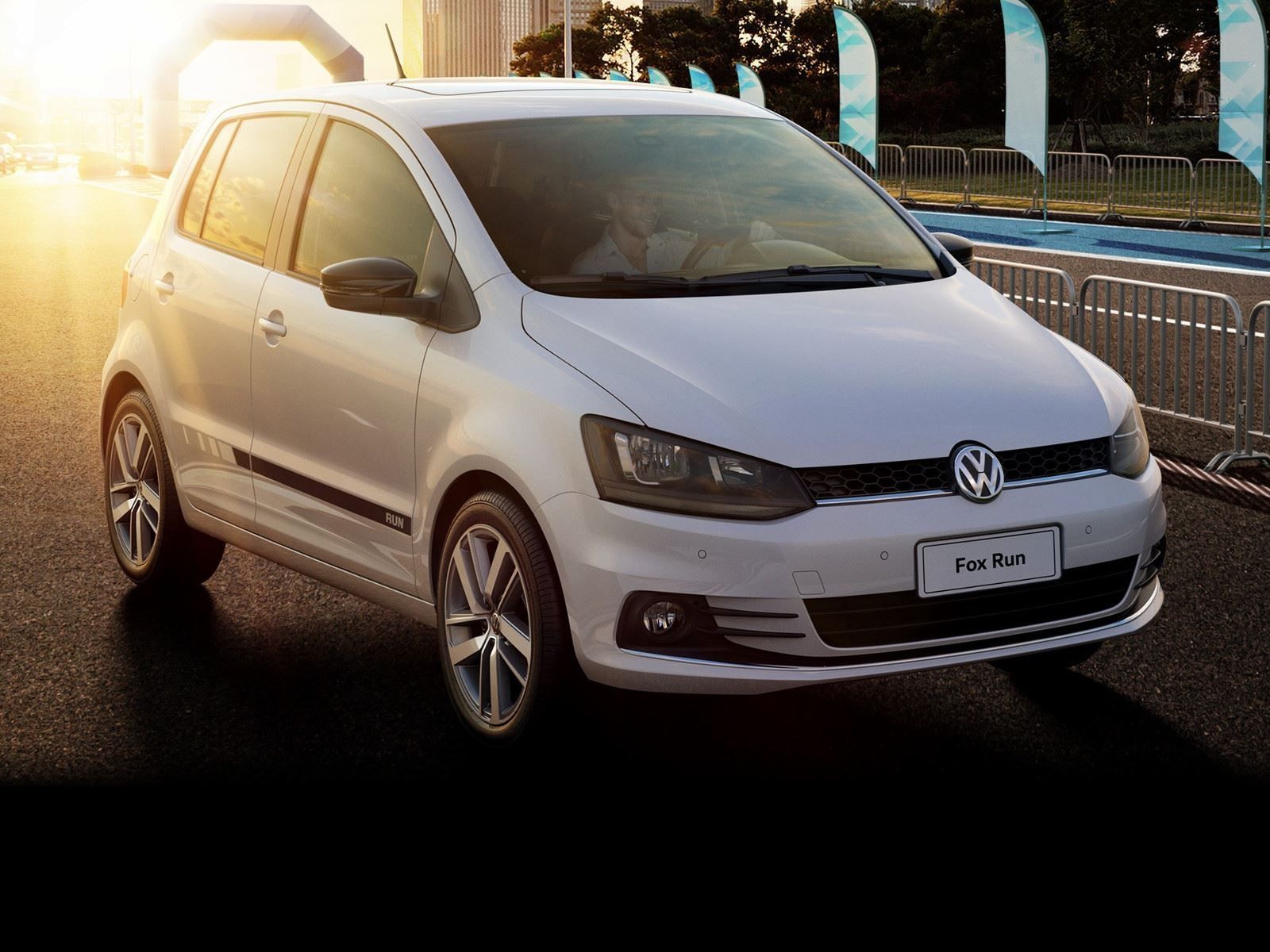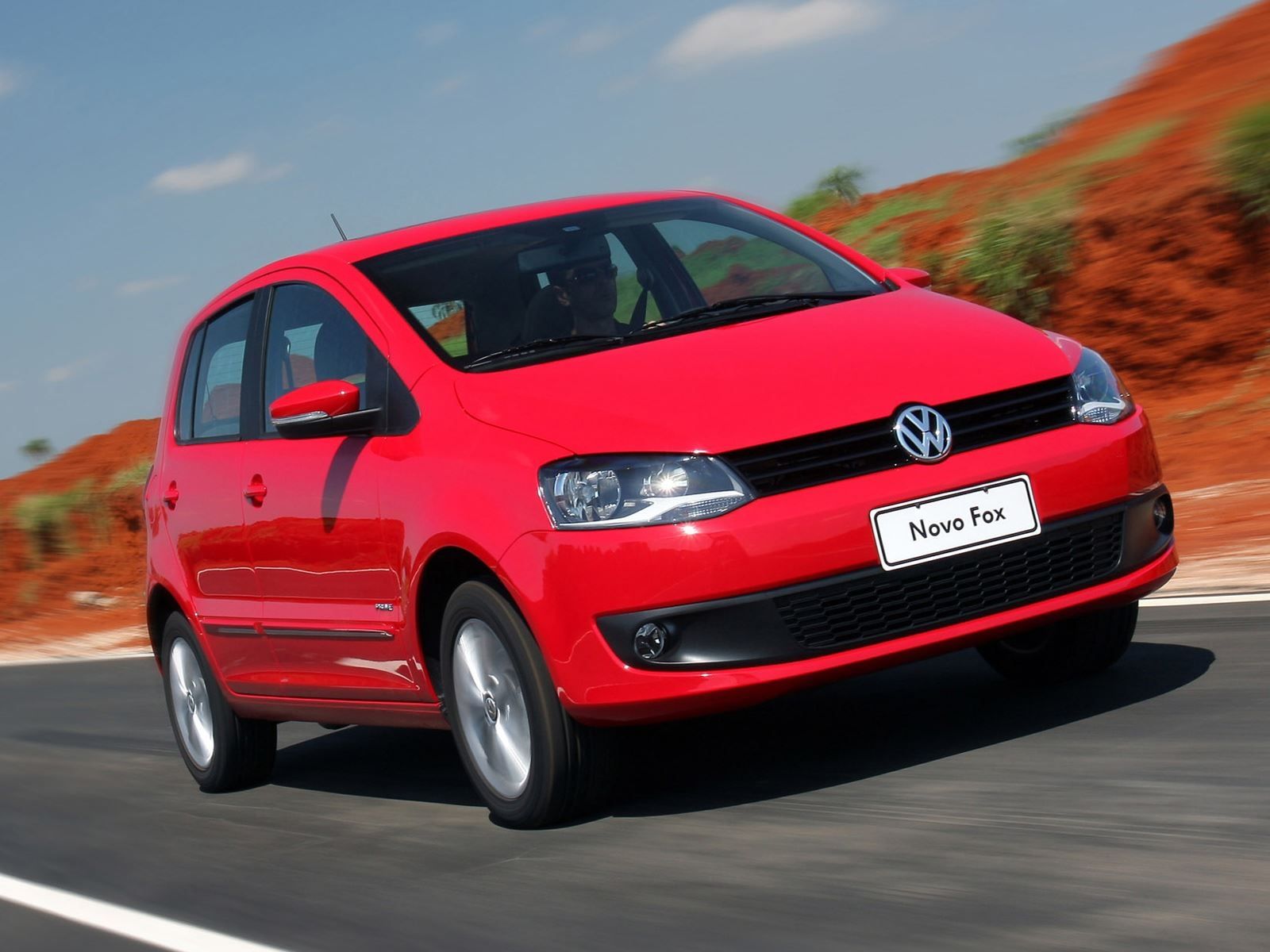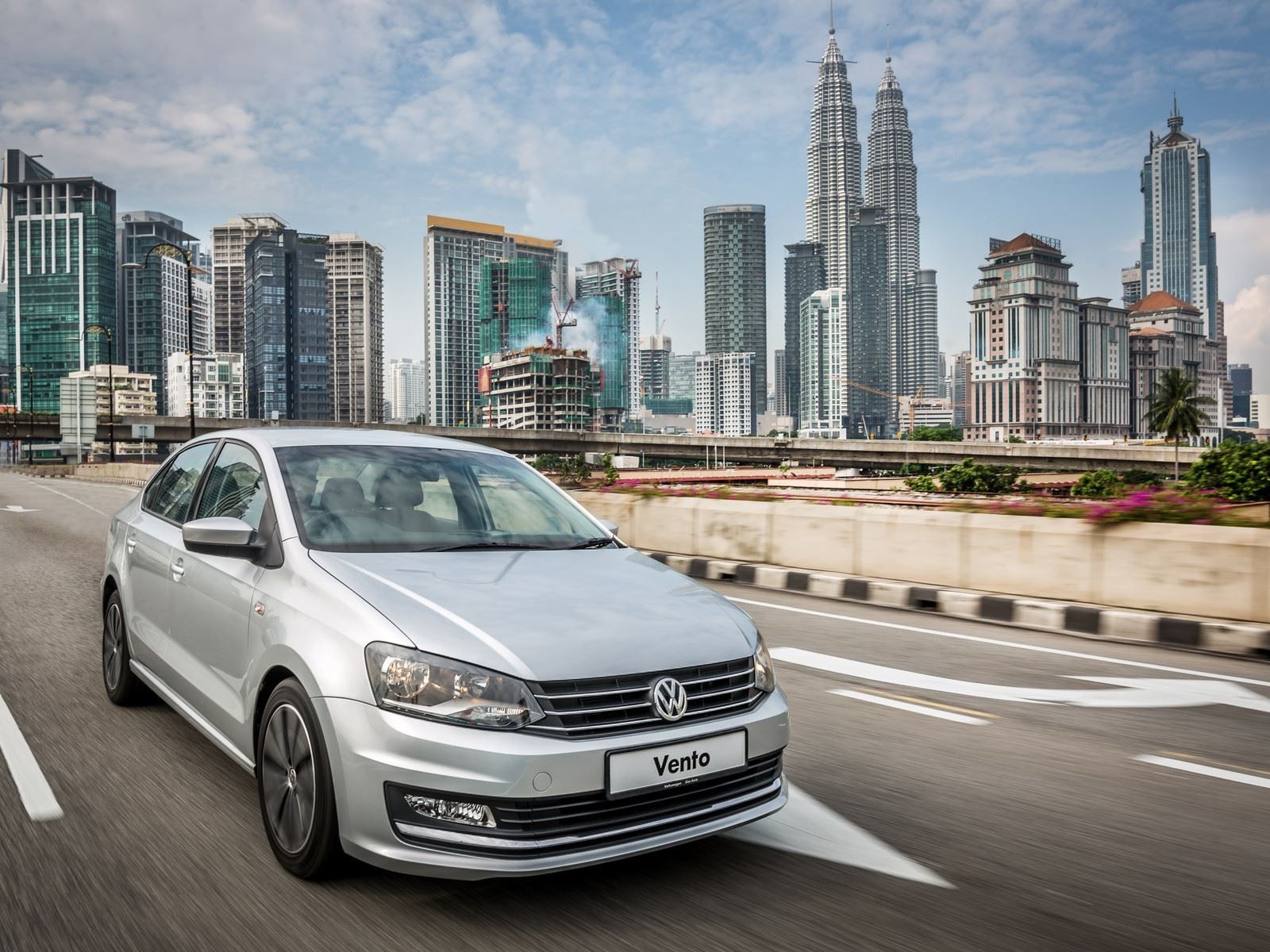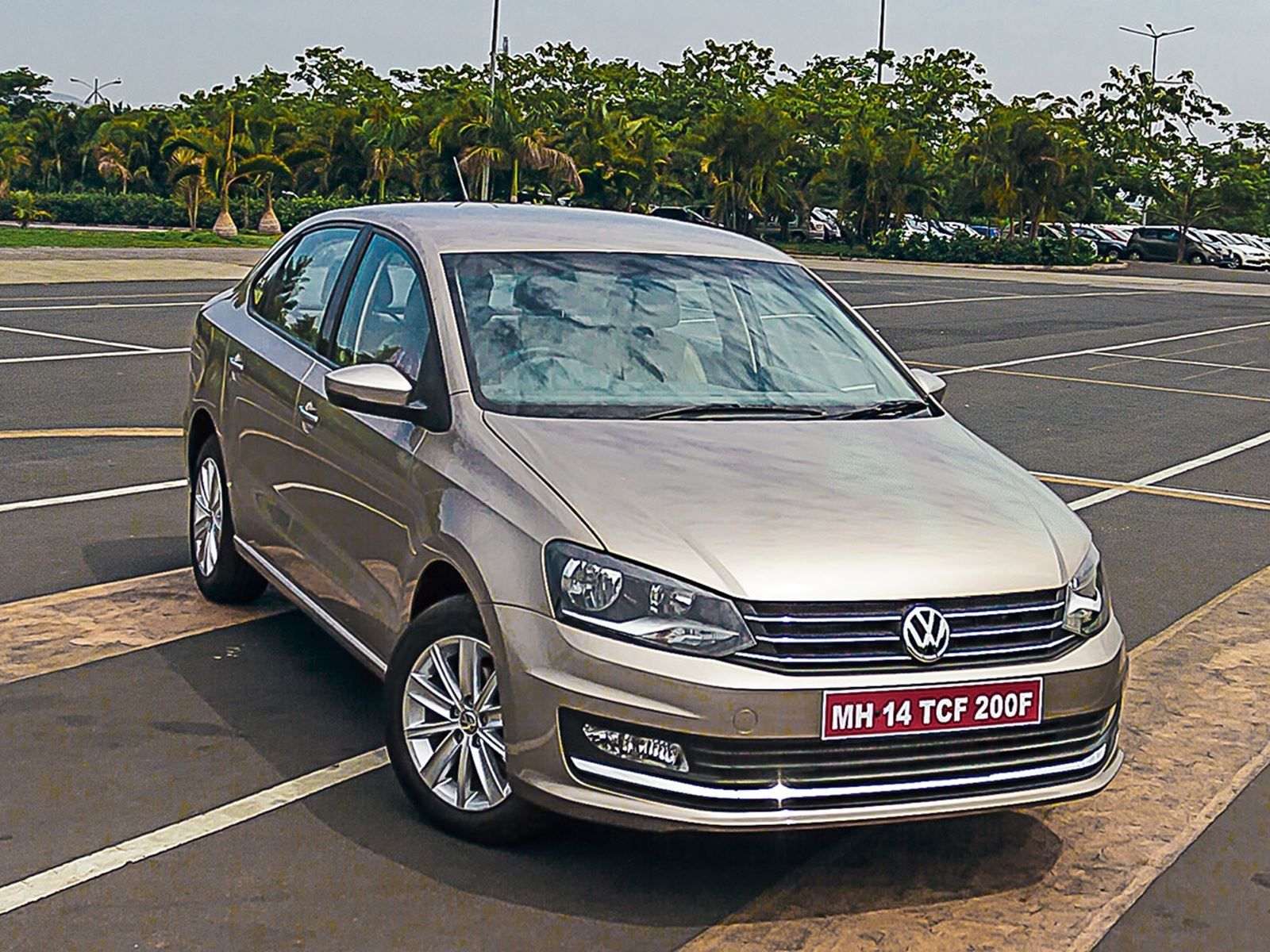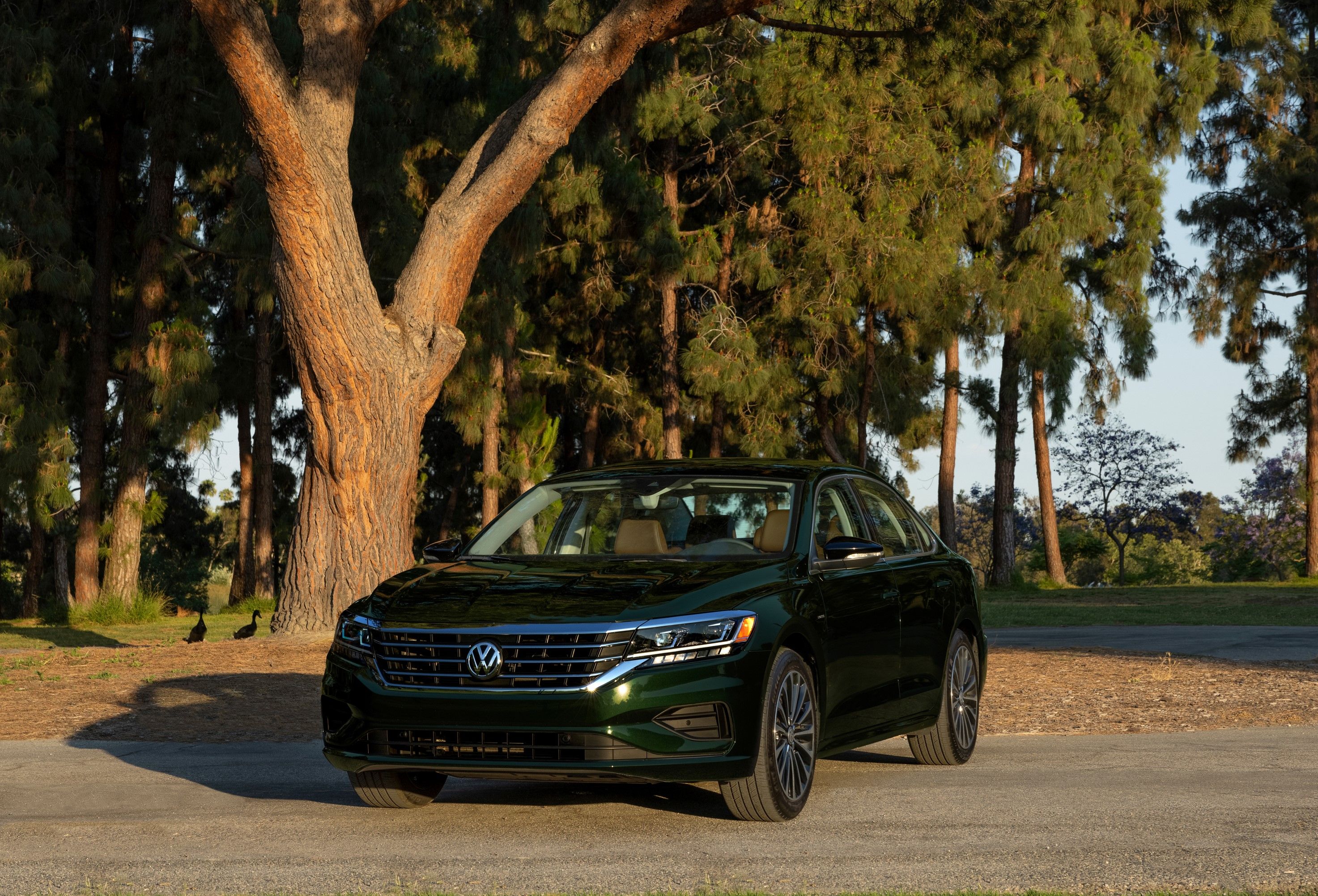
When you think of Volkswagen, you'll likely think of two things – Dieselgate, and the Golf. The latter is unsurprising as its been one of the world's leading nameplates for nearly five decades, spawning the most successful hot hatch dynasty arguably ever. But the German manufacturer also offers several lesser known models elsewhere in the world – some that are a far cry from the Golf we've come to know and love.
VW Saveiro
The Saveiro is a utility vehicle manufactured and sold in Brazil. Think of the Saveiro as the modern day equivalent to the Subaru Brat and you'll have a good idea of what it is. It shares a platform with several VW group products from the last decade, including the 2001-2009 VW Polo compact hatchback. The relatively simple workhorse can be had in a standard or extended cab configuration – no double cab – both of which feature a 1.6-liter engine, and a carrying capacity of approximately 1500 pounds.
VW Santana
The Santana nameplate isn't exactly foreign to North American audiences – originally based on the Volkswagen Passat and sold in a wide array of countries. But the latest generation Santana is a subcompact sedan designed and built exclusively for the Chinese market, one in which sedans are extremely popular and the size of a sedan directly determines one's social standing in society. It shares underpinnings with the Audi A1 – a compact 'supermini' not available in the US.
VW Lupo
The Volkswagen up! has taken most of the world by storm – vastly smaller than the Golf and fitting into city living in Europe superbly, but too small for the US. However it's not the first time VW has waded into the territory of tiny hatchbacks. The Lupo was the brand's first attempt at city cars, produced from 1998 to 2005. At just 139 inches in length, the Lupo is truly diminutive, and at just 2150 pounds, it was a featherweight too. The Lupo wasn't just a trendy city car though, it was also an engineering exercise, with the limited edition 3L model consuming 78 mpg thanks to a turbo diesel engine and use of lightweight materials.
VW Amarok
In a world where the mid-size pick up is growing in prominence, it's a wonder Volkswagen hasn't entered the US market with this body on frame pickup. It rivals the likes of the luxurious Mercedes-Benz X-Class internationally, and is available exclusively as a crew-cab pickup. The Amarok boasts impressive capabilities on and off road, and a 3.0-liter diesel V6 offers power to rival the best in the segment. It's not likely we'll eve see the Amarok on American soil though; if anything we'll receive an MQB-based unibody pickup more in line with VW's recent concept offerings.
VW Gol
This isn't a typo, nor is it a VW Golf of any sorts. The Gol is a South America-only VW model manufactured since 1980 where it serves as the entry level VW on the market. For 27 consecutive years, the Gol was the best-selling car in Brazil, and it's been the most popular car in Argentina since 1988. The Gol has been sold in various body styles (3 door hatch, 5 door hatch, wagon, 4-door sedan) over the years and has provided the basis for the Saveiro pickup mentioned above.
VW Ameo
Designed and built exclusively for the Indian market, the VW Ameo is a subcompact sedan aimed at being cheap, easy to run, and manufactured solely in India. The Ameo sedan is powered by a 74-hp 1.2-liter engine driving the front wheels, but can also be specified with a 1.5-liter diesel. Rated at 108hp, it makes the Ameo the most powerful compact sedan sold in India.
VW Lavida
Much like the Santana mentioned above, the Volkswagen Lavida is a sedan manufactured exclusively for the Chinese market. It fits into the hierarchy of sedans that determine social status by size, proving to be hugely successful, being the number one seller in 2010 with 251,615 units sold in a year. Built on the Volkswagen Group A4 platform, the Lavida interestingly shares a basic platform with vehicles like the first generation Audi TT, Audi A3, and the first generation of 'new Beetle'.
VW Porsche 914
Way back when, Porsche handled the bulk of Volkswagen's development for them. VW desperately needed a replacement for the Karmann Ghia sports coupe, and Porsche wanted to replace the 912. Along came the 914, sold as both a VW and a Porsche in various markets. It was the original intent that the VW models would make use of a flat 4 engine, with Porsche models using a flat 6, but Porsche felt that the VW model would cause problems with sales in the US, and thus sold Porsches in the US with both engines. In other markets though, the 914 was still sold as a Volkswagen.
VW Fox
Volkswagen's Brazilian arm seems to operate almost completely autonomously, developing and selling several models in South America that are almost completely unrelated to most global VW products. The Volkswagen Fox is just one of these models, a city car of incredibly compact dimensions and somewhat awkward styling. The Fox has been sold as a 3- and 5-door hatchback, as well as a mini-SUV called the Cross Fox, and a mini-MPV sold as the Space Fox. Based on VW's A04 platform, the Fox shares underpinnings with several VW Group products, none of which were ever sold in the US.
VW Vento
The Volkswagen Polo sits below the Golf in the German company's portfolio. What the Jetta is to the Golf though, the Vento is to the Polo. Manufactured in India,Russia, and South Africa, the Vento stretches the wheelbase of the Polo and morphs it into a 3-box design to suit certain markets' needs. The Vento shares almost all running gear with the standard 5th generation Polo, and in many markets it's simply sold as the Polo sedan. Though front wheel drive is standard, the platform is technically capable of all-wheel drive – an evolution of the PQ24 platform, dubbed PQ25.

